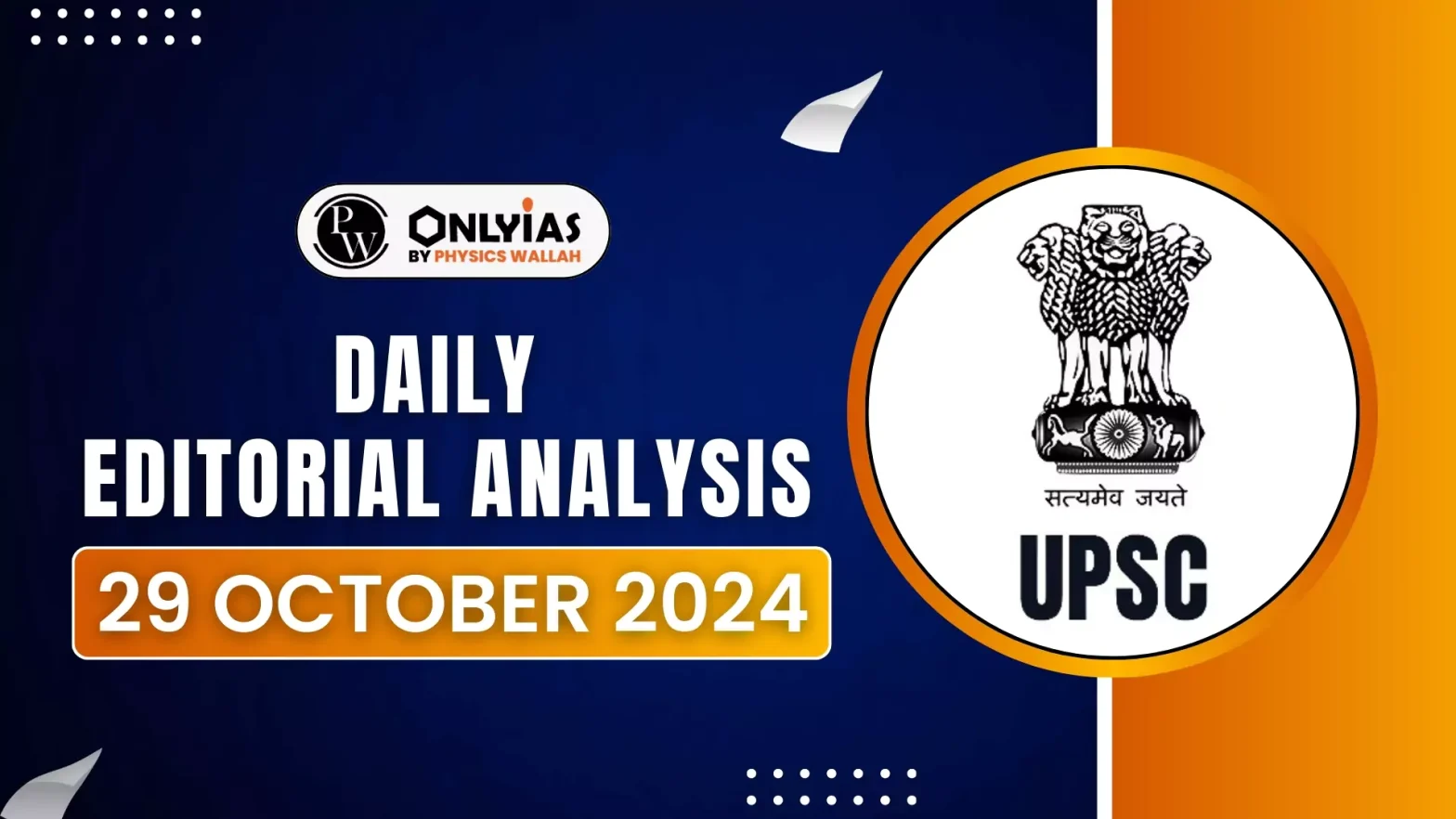India’s agricultural sector stands at the cusp of a digital revolution. The Union Cabinet’s approval of Rs 2,817 crore for restructuring the Digital Agriculture Mission aims to elevate rural socio-economic conditions, building on the existing impact of digitization and AI.
Infiltration of Technological Advancements in Indian Agriculture
- Willingness to Embrace Technology: Indian farmers have demonstrated both the ability and readiness to adopt new technologies, including modern ICT tools.
- Integration of Technology in Daily Life: Many farmers and rural youth now regularly use cell phones, computers, and internet-based communication for personal and professional purposes, with a higher number of mobile phone users in rural areas compared to cities.
- Rising Internet Usage in Rural Areas: According to a report by the Internet and Mobile Association of India and KANTAR, out of approximately 820 million internet users in 2023, around 442 million (53%) were from rural areas. This figure is expected to rise to 56% by 2025.
Enroll now for UPSC Online Classes
Government’s ICT-based attempts in bringing about agrarian revolution
- Kisan Suvidha App (2016): This app provides farmers with crucial information on weather, market prices, plant protection, and connects them to Kisan call centers where experts offer guidance in local languages.
- “Agri-Stack” Initiative: Part of the Digital Mission, it assigns each farmer a digital identity, similar to Aadhaar. This enables direct benefit transfers from government schemes to farmers’ accounts, ensuring transparency.
- Krishi Decision Support System: Gathers remote-sensing data on crops, soil, weather, and water resources, with the Digital General Crop Estimation Survey System helping to accurately estimate crop yields.
- Kisan e-Mitra Chatbot: Offers pest and disease monitoring via drone surveillance, satellite-based crop assessments, direct connections with online buyers, and sends SMS updates on mandi prices, weather, and crop procurement schedules.
- Collaborative Effort: The Centre has signed MoUs with 19 states to expand these digital facilities, enhancing agricultural efficiency nationwide.
Positive impact of the introduction of Digital Facilities in farming
- Reduced Agrarian Costs: Technology enables farmers to better estimate input needs, reducing costs.
- Efficient Fertiliser Use: Accurate soil analysis allows for optimal fertiliser application, improving soil health and yields.
- Enhanced Resource Management: Farmers can now manage resources more efficiently, minimising waste.
- Optimised Labour Costs: Digital tools help streamline labour requirements, leading to cost savings.
- Disease Prevention: Early detection and control mechanisms reduce crop loss from diseases.
- Lowered Crop Failure Risk: Improved forecasting and monitoring mitigate risks associated with crop failure.
- Direct Market Access: Digital platforms connect farmers with mandis directly, reducing market uncertainties.
- Informed Decision-Making: Data-driven insights empower farmers to make smarter choices for productivity and profitability.
|
Statement of the Federation of All-India Farmers Associations
|
- Curbing the exodus: The association has expressed the hope that digitization would help curb the exodus of rural youths from farming.
- Alleviation through digitization: The body, representing farmers from states like Uttar Pradesh, Gujarat, Maharashtra, Andhra Pradesh, Telangana, and Karnataka, has also pointed out that digitization would alleviate farmers’ distress.
|
Check Out UPSC NCERT Textbooks From PW Store
Conclusion
Interestingly, digitization promotion is getting a good response from farmers. Such reassuring reactions from the farm organisations should spur the government to further accelerate the pace of digitization in the farm sector.
To get PDF version, Please click on "Print PDF" button.

